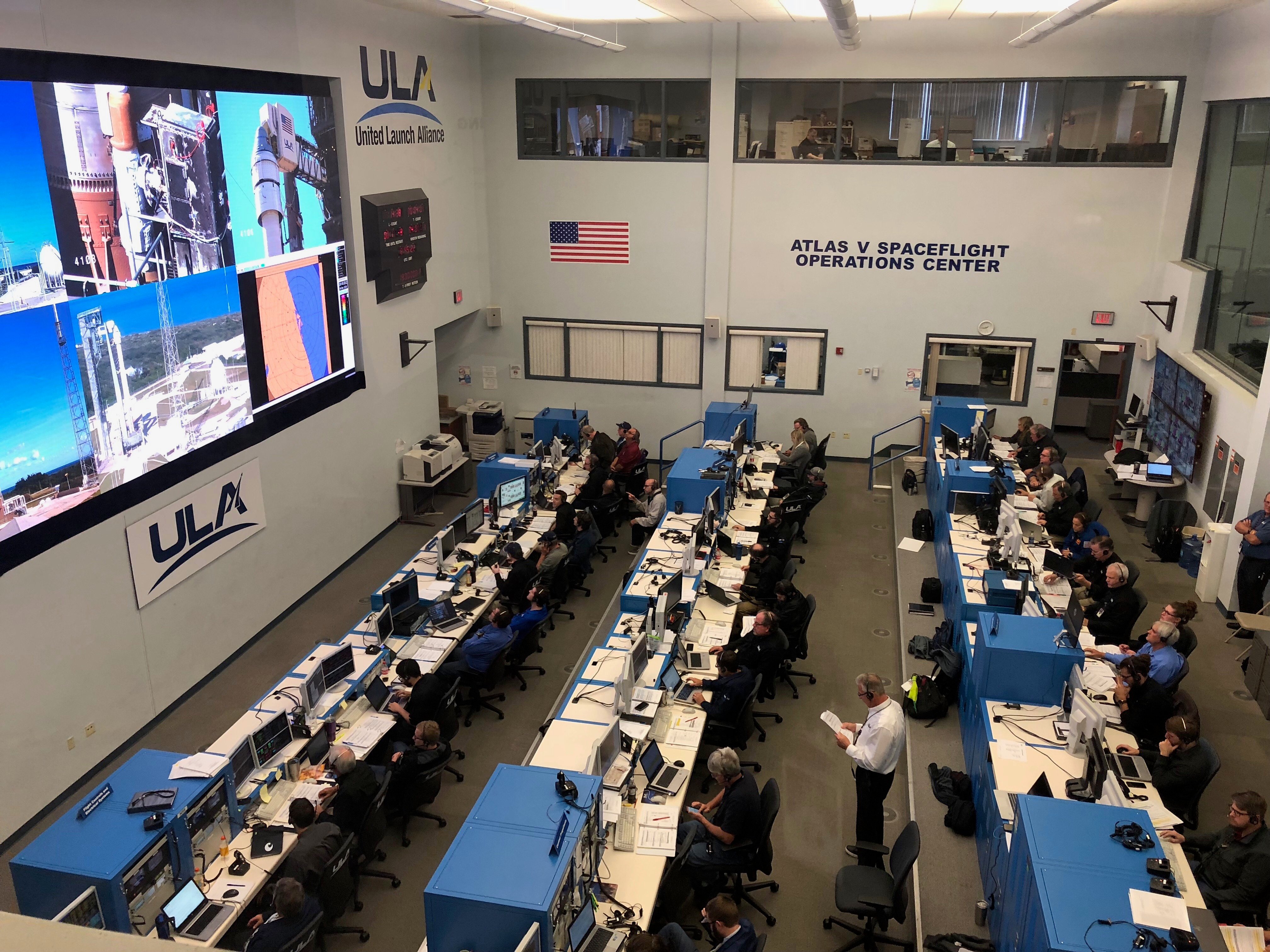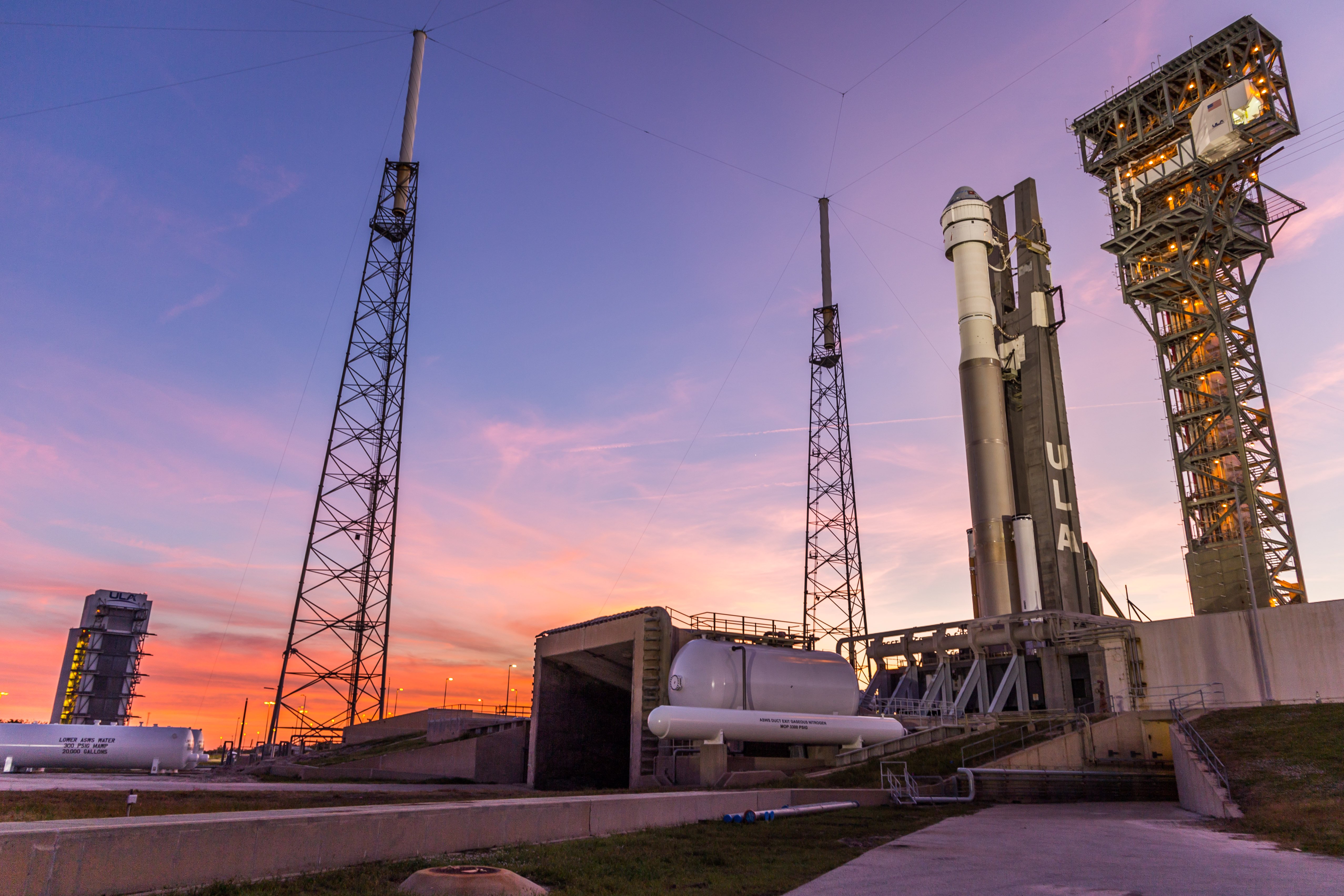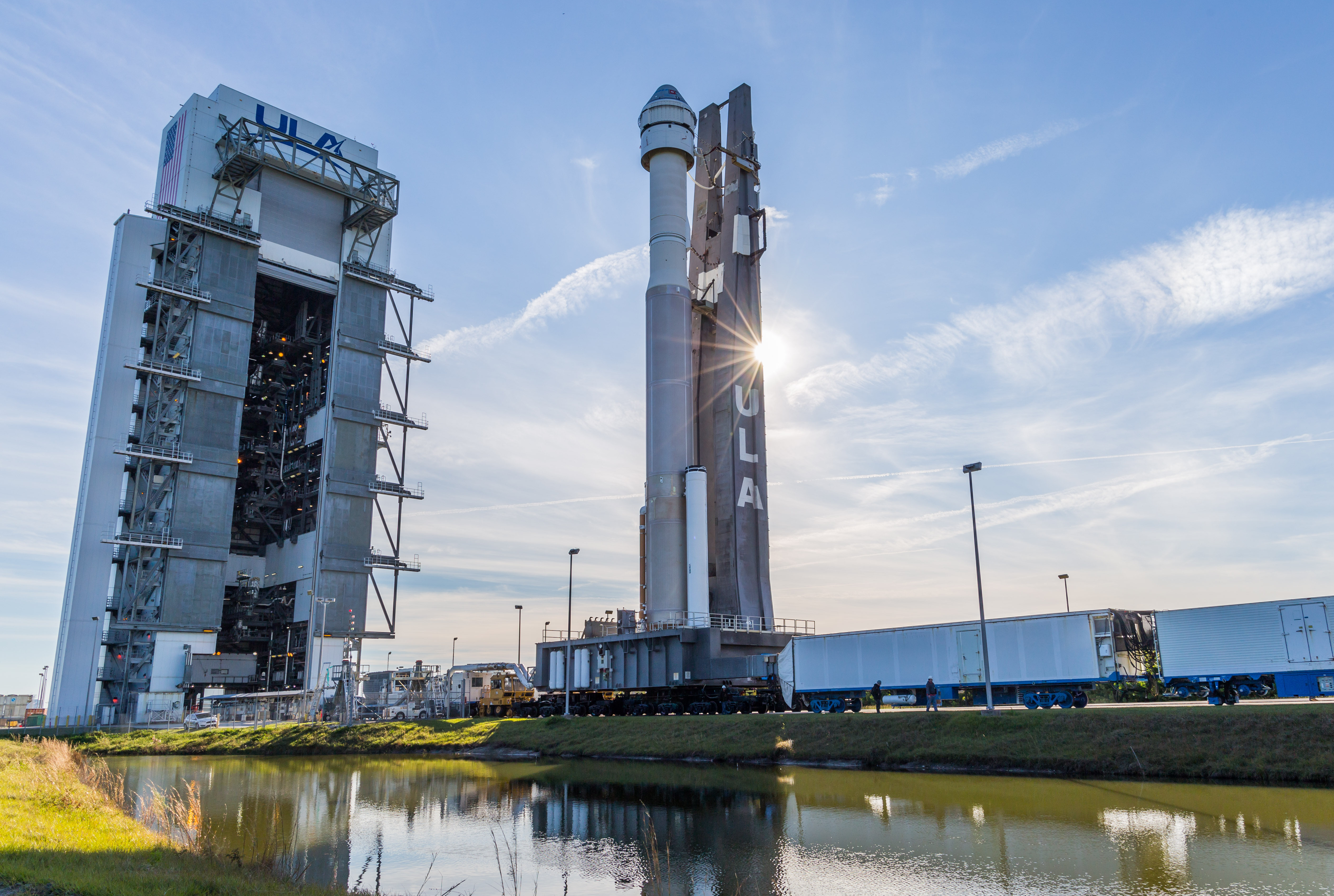While observers take in the events of the Atlas V Starliner mission, teams from ULA and Boeing will be working to ensure that the launch unfolds without a hitch – just like they rehearsed it.
The integrated day of launch test (IDOLT) on Dec. 6 gave ULA and Boeing a chance to test all of the launch vehicle and spacecraft systems before launch day and time to refine pre-launch processes.
Similar to a "wet dress rehearsal" (WDR), the IDOLT involved rolling the rocket out to the launch pad and fueling up for a full launch vehicle and spacecraft system checkout. However, the IDOLT process is unique to human spaceflight missions and takes WDR a step further by adding the spacecraft to the mix.
"This is the full stack of flight hardware -- the real rocket, the real spacecraft -- out at the pad, and we're going to act like it's day of launch," Mission Manager Caleb Weiss said before the test. "We'll do everything except launch."

The IDOLT focused on ensuring that Boeing and ULA teams can complete their required pre-launch tasks quickly and efficiently.
The launch team in Cape Canaveral and Denver; the tiger team, which conducts a thorough inspection of the rocket; and the blue team, who will help Boeing staff prepare the capsule for launch, worked together to spot potential issues and identify ways to improve the efficiency of launch preparations.
Several aspects of the mission, including the configuration of the rocket itself, introduce some unique challenges and concerns that the teams will take into consideration during the test and at launch.
"We've had spacecraft with super unique, super challenging requirements, but this is a whole new configuration of a vehicle that we've never flown before, and that's really what makes for a challenge on this mission," Caleb said.
Characteristics unique to the Atlas V that will launch Starliner include;
* Payload fairing: The Atlas V Starliner doesn’t have a payload fairing, which influences the aerodynamics and control of the launch vehicle.
* Dual-Engine Centaur: While most Atlas II and III missions used the dual-engine Centaur, the OFT launch will be the first time it's flown on Atlas V.
* Emergency Detection System: The emergency detection system (EDS) is a flight computer that evaluates measurements throughout the rocket thousands of times per second and will safely eject the crew if it identifies a safety concern.
"IDOLT is a risk-reduction exercise that puts us in the best position to succeed on day of launch and continue our record of mission success," Caleb said.
Now that IDOLT is complete, the rocket will undergo an additional set of evaluations leading up to launch day on Dec. 20, including the NASA Agency Flight Readiness Review.
Click here to learn more about the Commercial Crew astronauts who will fly on the Starliner’s Crew Flight Test (CFT) mission and the first mission to the International Space Station.

 Back To Blog List
Back To Blog List



